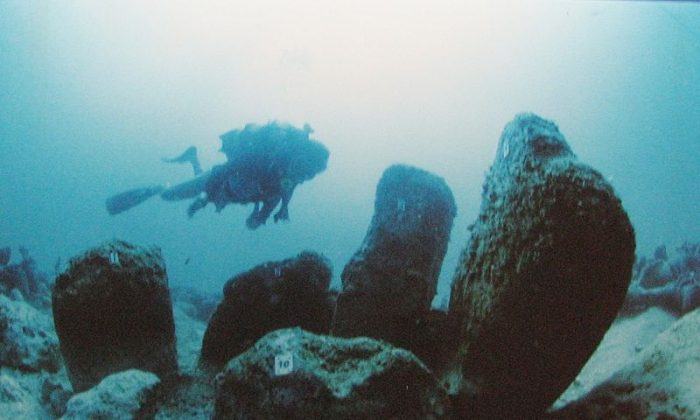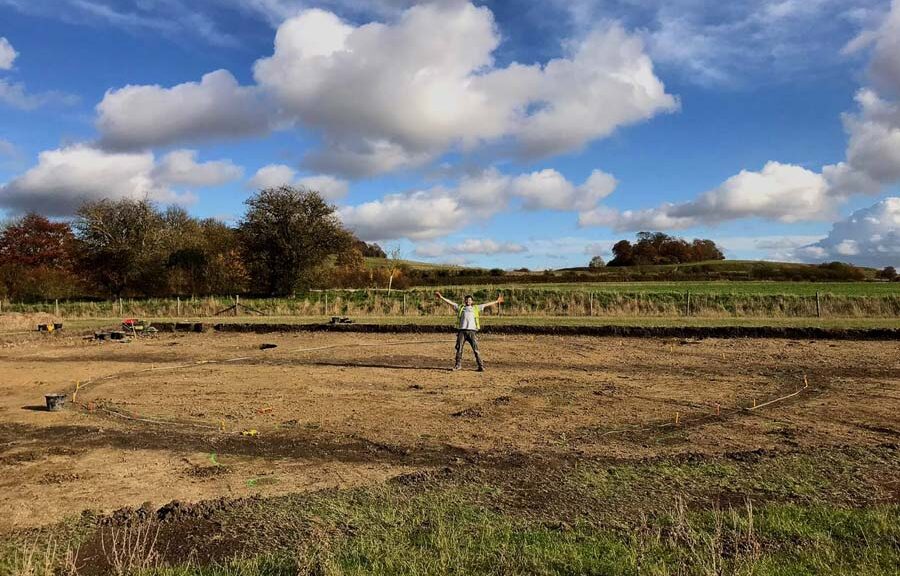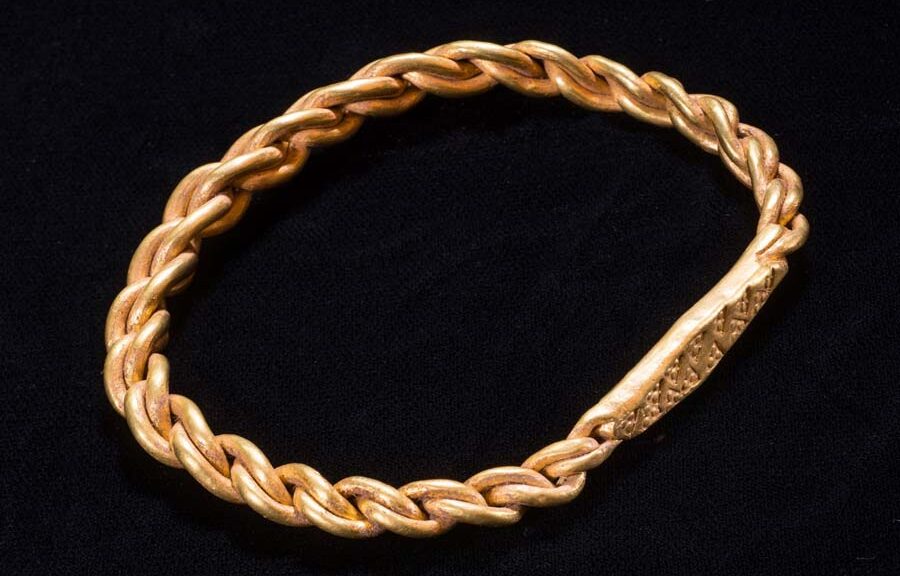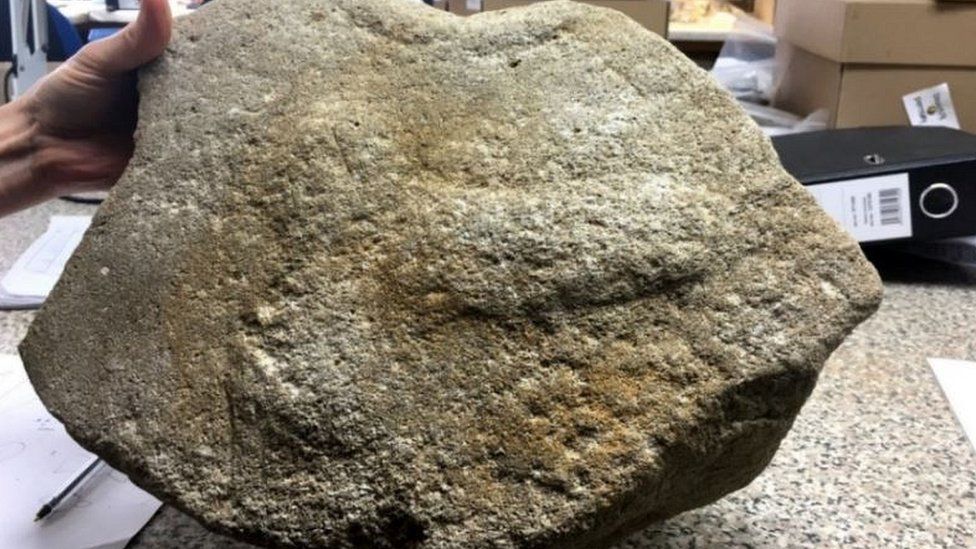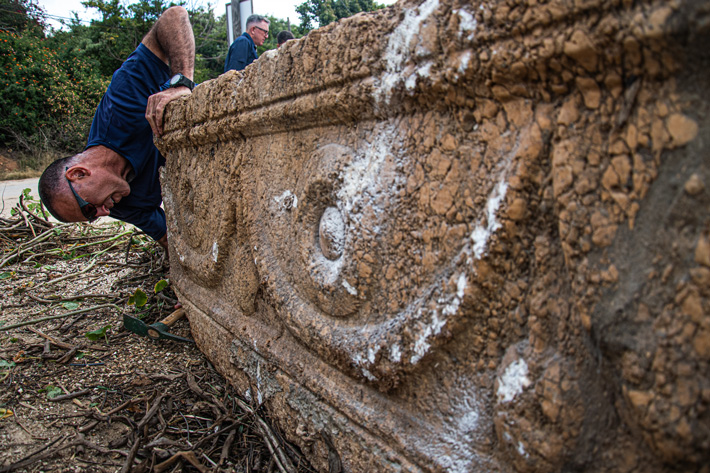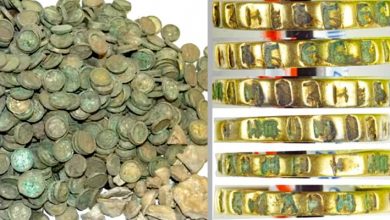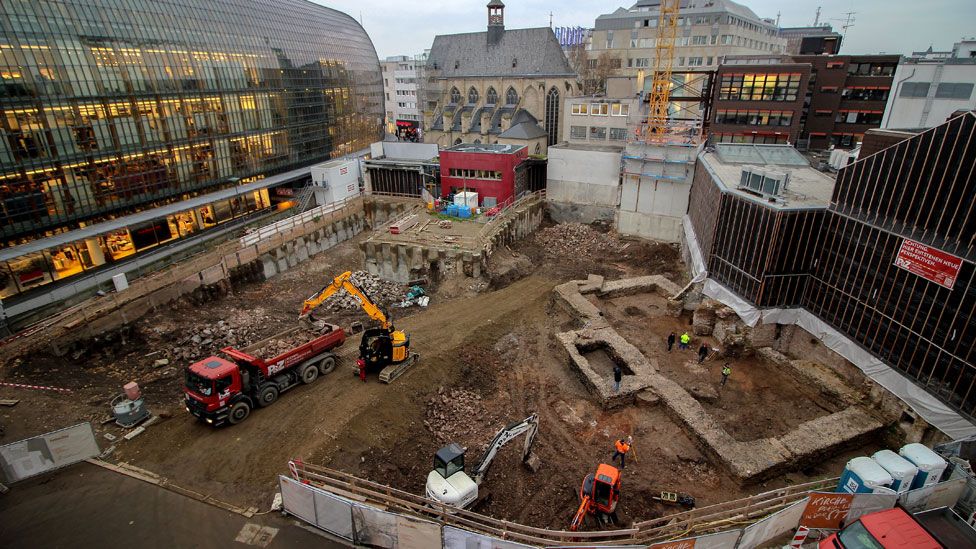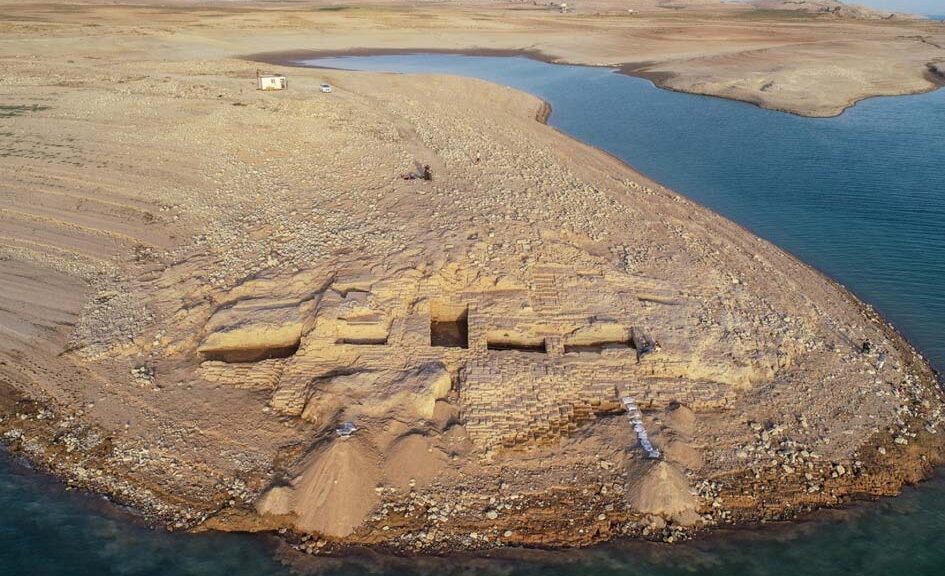Atlit Yam’s: A 9,000-Year-Old Underground Megalithic Settlement
There really is no limit to the number of archaeological wonders in Israel, virtually anywhere you look there is something wonderful to discover. But, hidden beneath the water, there is also an entire world, which has been overtaken by nature, silently existing next to the observable land sites, that wants to tell us the story of prehistoric Israel.
Invisible by rising sea levels, Israel’s shores are littered with submerged structures and sunken settlements that have been lost underwater over thousands of years. Below the waves, you’ll discover a domain where plants and animals were domesticated and the shift from a hunting and gathering economy to farming was made.
Along Haifa’s coast are the remnants of a Neolithic fishing village that drowned 9,000 years ago by the rising water level. Today, the exceptionally well preserved 40,000 m² site is located approximately 200-400 m offshore on the north bay of Atlit, at a depth of 8-11 m below modern sea level. Atlit Yam is one of the best-preserved submerged prehistoric settlements in the world. It was discovered and studied during the 1980s and 1990s, while excavations and surveys were carried out in the years 1985-2000.

A wealth of material culture has been uncovered which gives us insight into how people had to cope with a radically changing world and where new technologies were introduced. Sea- level rise forced the inhabitants of this Pre-Pottery Neolithic village to abandon the settlement and relocate multiple times to higher grounds.
It was here that the earliest known constructed fresh-water wells (with stone walls) were discovered. At the centre of the settlement, seven megaliths are arranged in a semicircle around a freshwater spring.

The inhabitants lived on what we now call a traditional Mediterranean diet. Remains of about 100 different plants, which were cultivated and/or collected from the wild, were recovered as well as bones of fish, domestic and wild animals.
The village’s subsistence was based on a mixed economy of agriculture with animal husbandry supplemented by hunting, gathering and fishing. Possibly this well- balanced diet contributed to the relatively good health and longevity of the inhabitants. A substantial part of the population reached the exceptional age of 50 years old.
Sites from this period with published human remains are few, but Atlit Yam yielded a significant number of human burials, which help us in our attempt to understand this vanished society. Through the remains, we have learned that the population had to cope with diseases such as tuberculosis and malaria and some skeletons had a specific ear pathology symptomatic of diving in cold water.
The discovery of the earliest known cases of human tuberculosis (TB) in the bones of a mother and baby, showed that the disease is 3,000 years older than previously thought. This discovery sheds light on how the TB bacterium has evolved over the millennia and increases our understanding of how it may change.
Scientists might be able to develop more effective treatments in the future thanks to this discovery. The examination of this ancient DNA confirms the latest theory that bovine TB evolved later than human TB. In contrast to the original theory that human TB evolved from bovine TB after animal domestication.

Many shore communities face inundation in the coming decades caused by global warming. Sea level rise is usually cast as a doomsday scenario that will play out into the future, but Atlit Yam sends us a strong warning from the past. They were already battling chronic flooding 9,000 years ago.
It’s not that we expect sea levels to rise, they are already rising. Chronic flooding can only be avoided by adaptation measures, like seawalls, levees, dams, flood controls or as in the case of Atlit Yam, by moving away.
Millions of people would be displaced and the costs of protecting modern-day cities from rising sea levels would also likely rise. We are not doing enough to save hundreds of millions of people from a miserable future.
Climate change is inevitable, and we must establish what might happen and how much financial damage that would cause. Studies indicate that many coastal settlements around the world will be partially submerged by 2070 if nothing is done. We must take it seriously and learn the lessons from the past. The rising sea not only floods the coastal regions but also cause underground water salinization, flooded sewages, accelerated coastal destruction, and other damage.
People have moved throughout history, and for many reasons. Some were forced to move due to conflict, persecution, flooding or disasters such as drought influenced famine. It is important to understand that not all climate-related hazards can be attributed to climate change and it is here that Atlit Yam can provide important data to make those distinctions.
Traces of long-forgotten human settlements claimed by the sea thousands of years ago are being uncovered by archaeologists along the coastline of Israel. The discoveries are helping to fill in some of the blanks about Israel’s prehistory and are offering insights into how we responded to climate change in the past. Uncovering these stories could offer some clues about what our own future holds too.

The research was funded by the Israel Antiquities Authority, the Matla and Feival Coastal and Underwater Archaeological Foundation (MAFCAF), the Irene Levi Sala Care Archaeological Foundation, and the National Geographic Foundation.
Publications by Ehud Galili, University of Haifa; Avi Gopher and Israel Hershkovitz, Tel Aviv University; Vered Eshed, Israel Antiquities Authority. Dr Helen Donoghue and Dr Mark Spigelman, UCL Centre for Infectious Diseases & International Health, and scientists from Tel-Aviv University.
